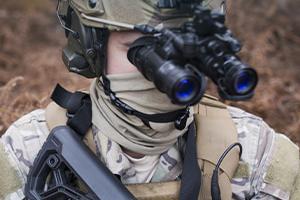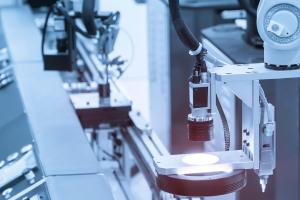L’infrarouge thermique (LWIR) fait partie du spectre infrarouge, couvrant une plage de longueurs d’onde allant de 8 à 14 µm. Les caméras LWIR, également appelés imageurs thermiques, sont idéaux pour des applications de surveillance et de défense, ainsi que pour des usages industriels et scientifiques.
Les caméras LWIR non refroidies de Xenics, une marque phare d'Exosens, se distinguent par leur faible niveau de bruit et une sensibilité élevée, offrant ainsi des images de haute résolution d'une qualité exceptionnelle. Conçus pour une intégration facile dans une grande variété de systèmes, ces produits répondent parfaitement aux besoins des applications les plus exigeantes.
Nos caméras LWIR et VLWIR sont conçus pour s'intégrer sans difficulté dans différents systèmes électro-optiques.
Découvrez ci-dessous plus d'informations sur la technologie des caméras LWIR, ses avantages et nos solutions innovantes à la pointe de la technologie.
- En savoir plus sur les solutions de surveillance des réseaux et des lignes électriques
- Explorer la technologie LWIR et ses avantages en matière d'imagerie thermique
- Lire l'article New Ultra-Compact ITAR-free thermal camera core (EN)
- Exploration de la technologie MWIR
- Découvrez les caméras LWIR
- Découvrez nos caméras infrarouges SWIR
- Découvrez nos caméras infrarouges visibles - proches de l'infrarouge
- Explorer la technologie infrarouge
- En savoir plus sur les marques Exosens, Xenics, Telops et Photonis
Besoin de précisions ? Contactez nos experts !
Contactez-nous
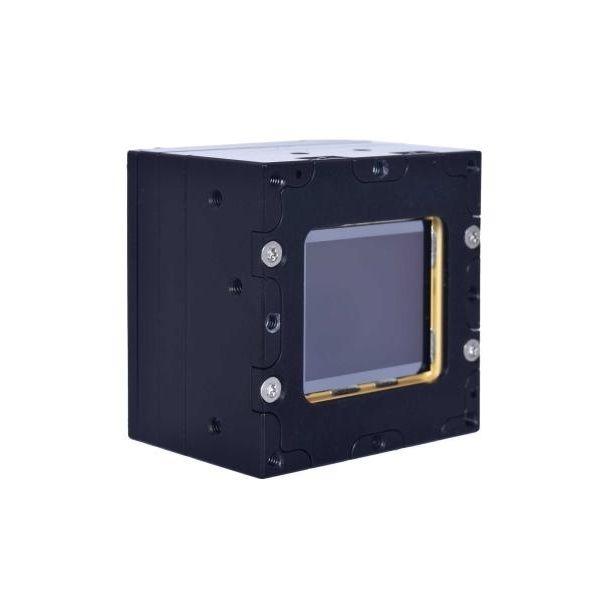

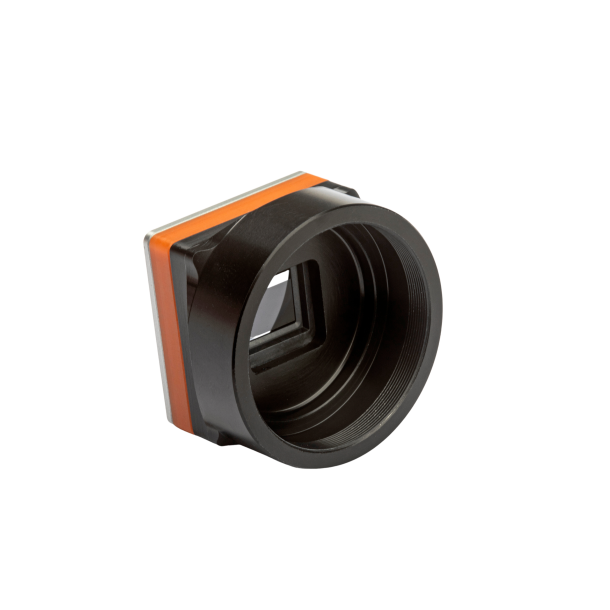

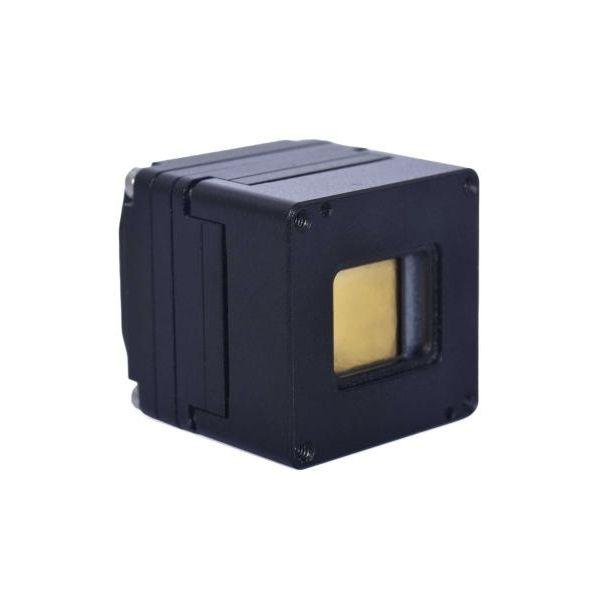

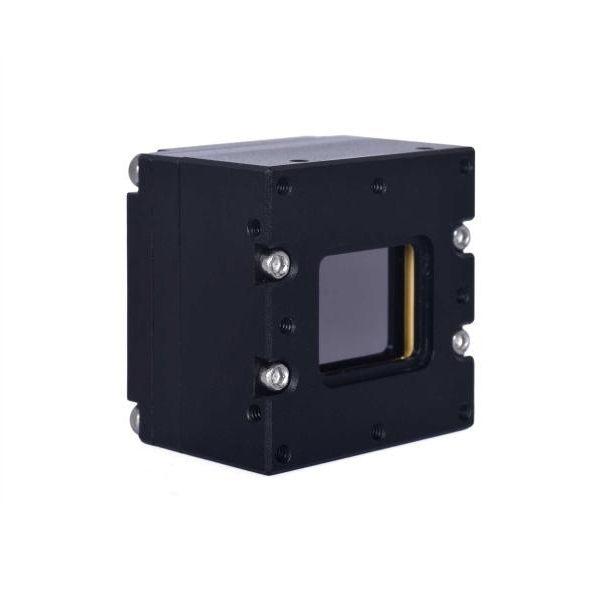

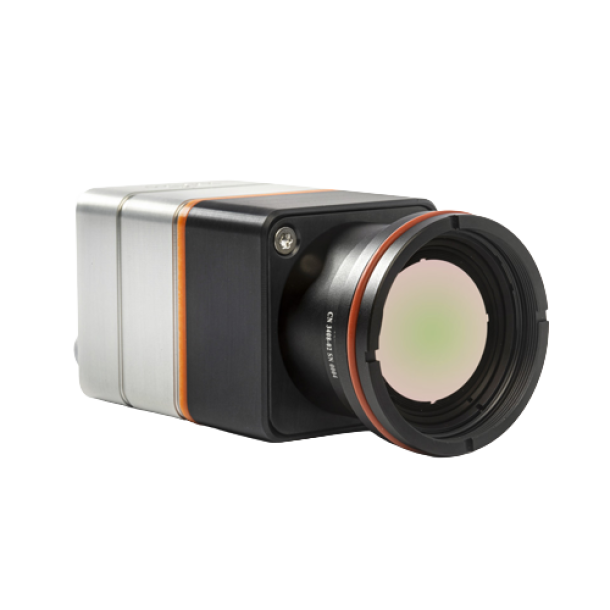

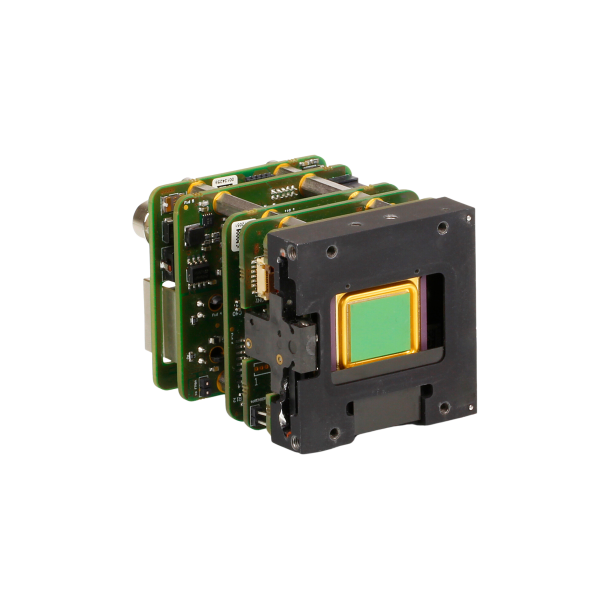

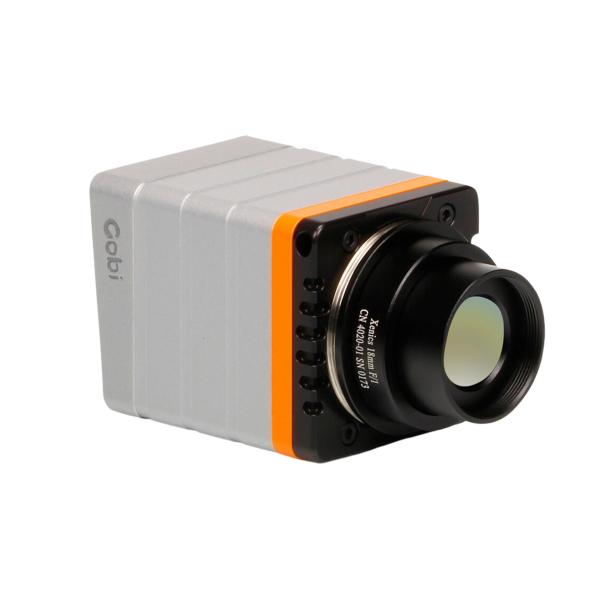
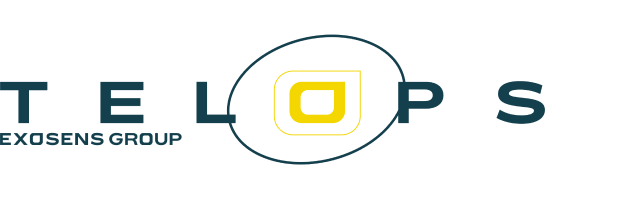
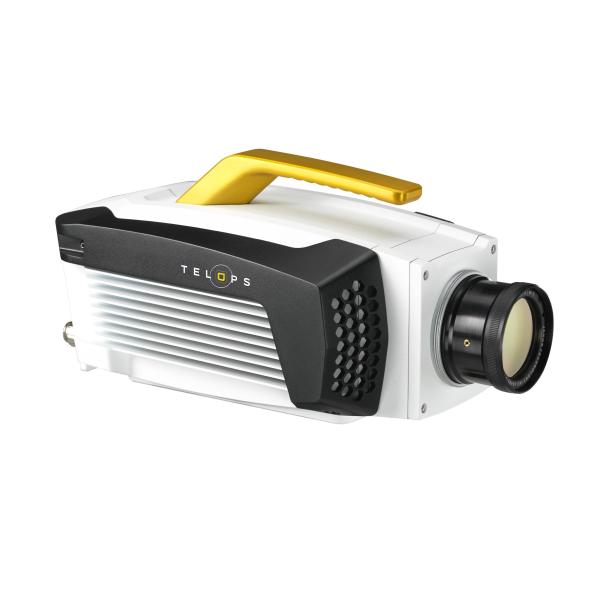

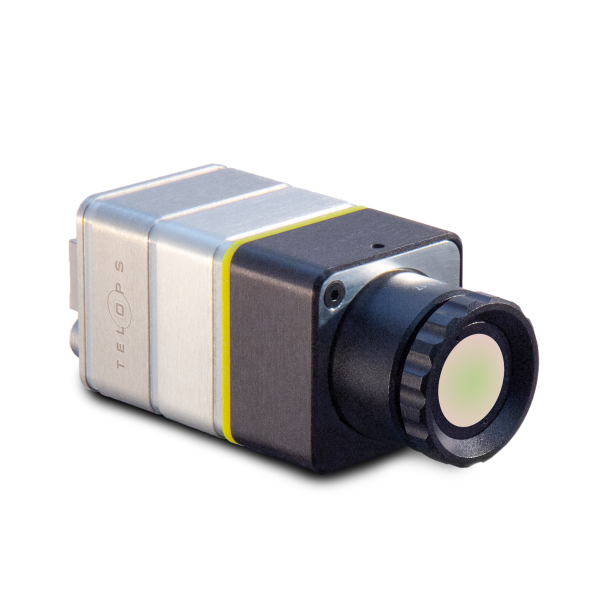

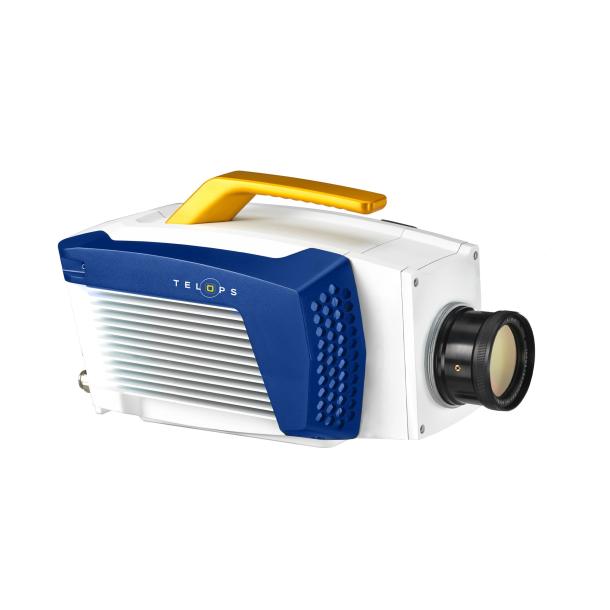

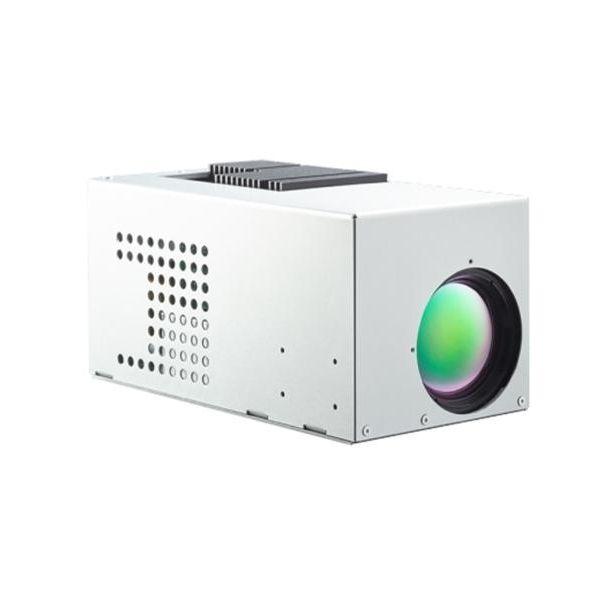



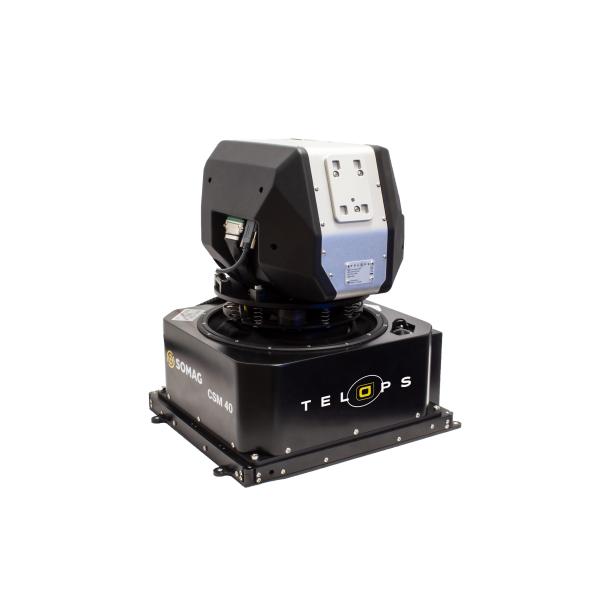

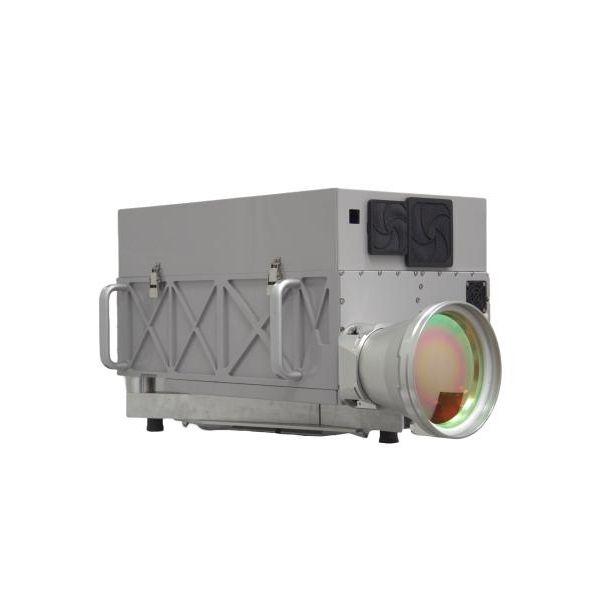

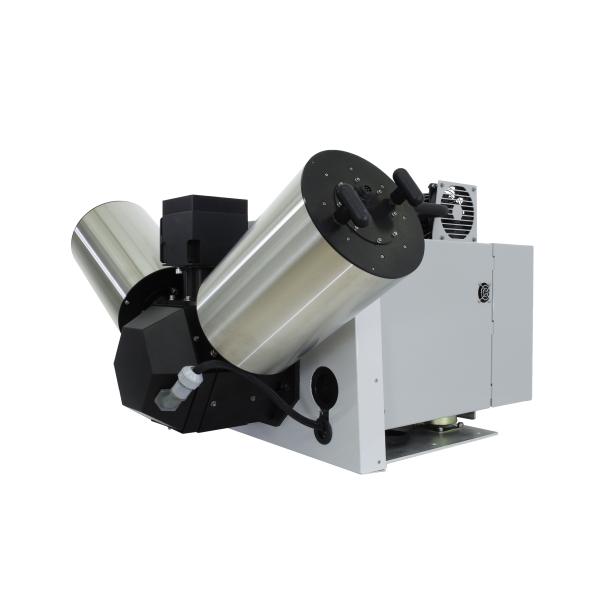



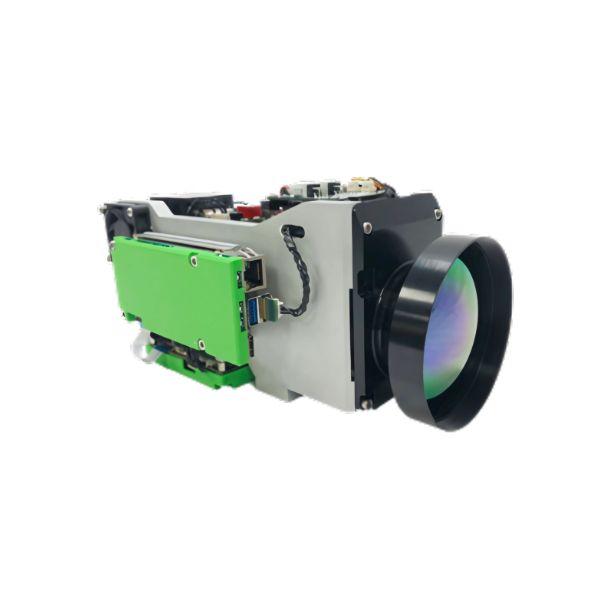

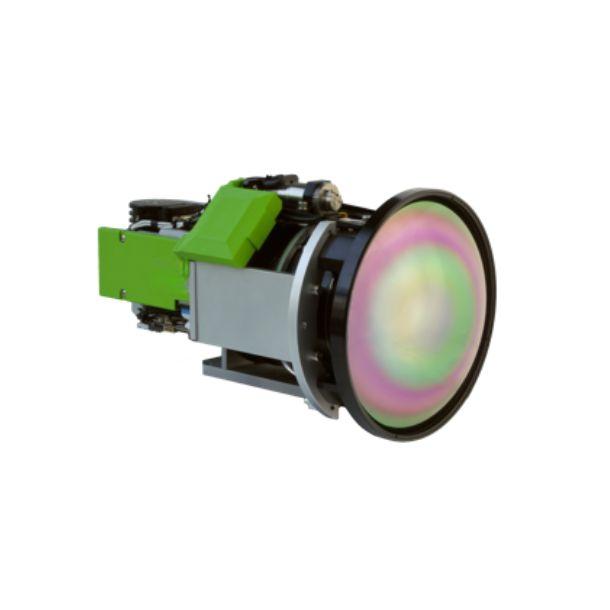



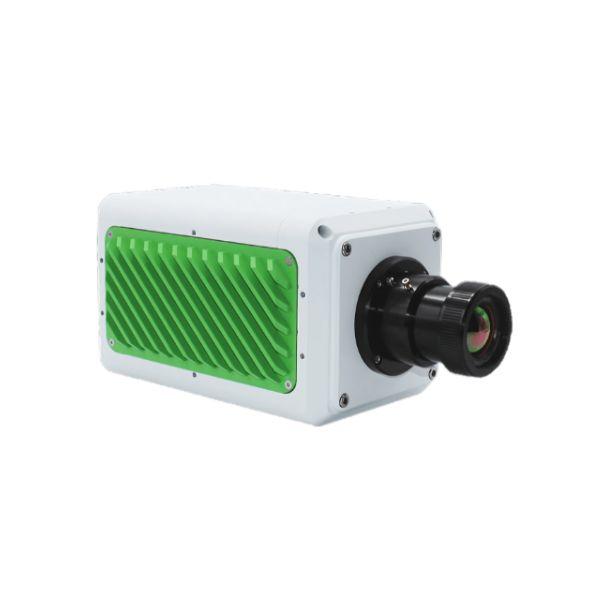
Questions fréquemment posées
What is a long-wavelength infrared (LWIR) or thermal camera?
A LWIR or thermal camera is a digital camera exclusively designed to captures the infrared radiation in the range between 8 to 14 µm, allowing it to create images based on temperature differences.
What is the difference between cooled and uncooled thermal cameras?
Cooled thermal cameras use a cooling system to enhance sensitivity and image quality, making them suitable for more demanding applications. On the other hand, the uncooled thermal cameras offering more compact and energy-efficient features that suitable for different dynamic applications.
Can LWIR cameras measure precise temperatures?
Yes, Xenics LWIR cameras are calibrated to provide accurate temperature measurements for specific applications, making them valuable for tasks like industrial monitoring and medical diagnostics. On the other hand, real-objects have varying emissivity profiles, and atmospheric conditions can affect the information. To get precise temperatures, one shall take into account for the true material emissivity and atmospheric transmission properties.
What is the thermal time constant?
The thermal time constant τth of a bolometer is determined by the thermal mass C and by the thermal conductance G between the pixel and its environment. It expresses the physical time a bolometer needs to heat up and give an electrical output that equals or represents the input. Typical values for A-Si are between 7 and 10ms.
How is NETD measured?
NETD is one of the most important performance parameters for infrared imaging systems. It is a signal-to-noise figure which represents the temperature difference which would produce a signal equal to the camera’s temporal noise. In human language: NETD expresses the minimal resolvable temperature difference when the camera is used for relative imaging applications.
What is a shutter in a camera?
A shutter is a part within a camera that controls the light exposure that reaches the sensor. There are two main shutters, namely mechanical shutter and electronic shutter. The mechanical shutter is physical curtain of the camera that open and close to expose the sensor. While the electronic shutter works by turning the sensor's sensitivity on and off for specific durations.
How can a user control the mechanical shutter to assure the image?
Within LWIR cameras, it is a factory default, the shutter is initialized when the temperature at the detector changes by 0.5°C. An additional timing elapse function is also implemented and can also be activated. When a camera has just been started it will get to his working temperature. During this time the detector will warm-up and will be shuttered several times to assure the quality of the image.
Actualités Caméras LWIR
Voir tout
Paris.
DE Nov 18th 2025 A Nov 21st 2025
Milipol Paris 2025
Join Exosens at Milipol Paris 2025, the world’s leading event for homeland security and safety, taking place at Parc des Expositions Nord Villepinte in Paris, France.
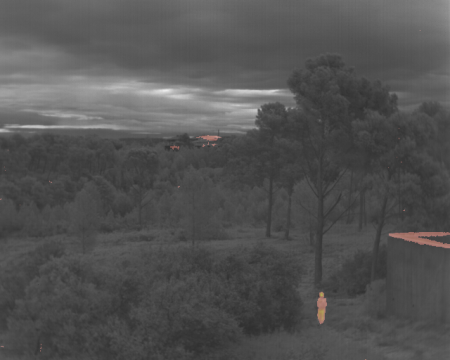

Arizona.
DE Oct 07th 2025 A Oct 09th 2025
SEMICON WEST 2025
Join Exosens at Booth #2082, October 7–9 at the Phoenix Convention Center and explore how our Photonis and Xenics imaging technologies are advancing semiconductor and microelectronics innovation.
